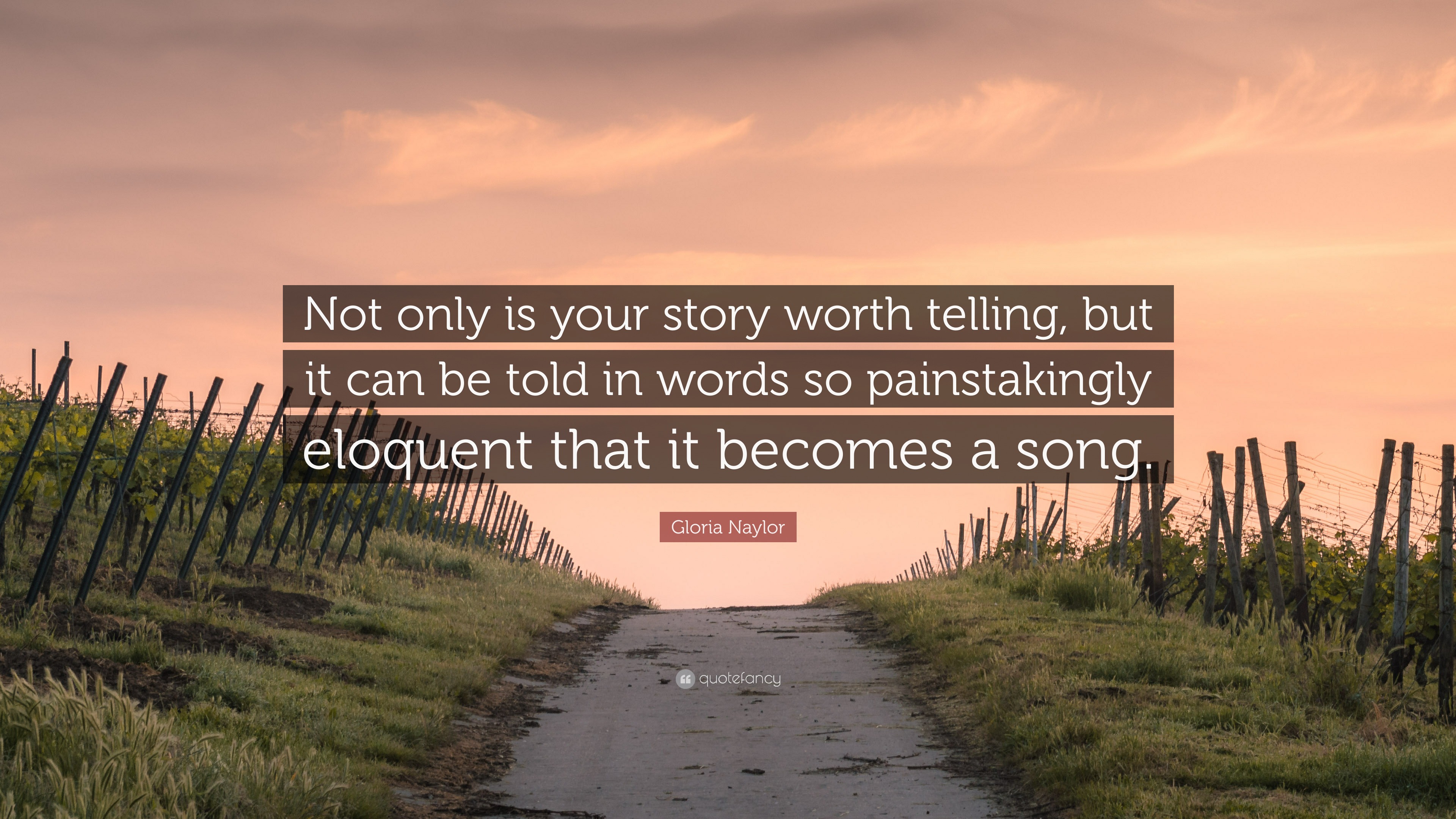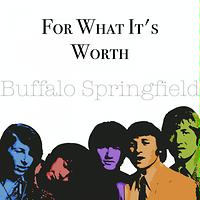

A decent-quality, 256kbps MP3 of the same song is around 5MB - that's a massive amount of data lost in the compression process. A typical song as it is on a CD takes about 50MB of memory. What lossless audio compression does is retain every single bit of detail from the original recording, while still managing to reduce file sizes considerably. This is where the term 'bit rate' comes into play - the lower the bit rate, the more data that's been thrown away and, therefore, the lower the audio quality. The problem with this form of 'lossy' compression is that many people can perceive the bits of audio discarded and are left with the feeling that they're listening to lower quality music. Should I consider using it?Ī process is used when music is compressed into MP3 to discard all the sounds a machine thinks the human ear can't audibly perceive, thus vastly reducing the amount of storage needed to hold entire albums. You can click on any song to see more videos of that song.I've heard that using lossless audio compression gives hugely improved sound quality over MP3.
#SO WORTH IT SONG FULL#
TikTok has a library full of clips of popular songs, but users can also use their own recordings or “original sound,” which can be anything from the person talking to a different excerpt of a song to a strange viral earworm. Captions tend to contain more hashtags that you can explore by clicking on them. Along the bottom of the video, find the user’s name, caption, and the name of the song that’s playing. Within videos, tap on the screen to pause (as with Instagram Stories), and look to the right side for the user icon of the video’s creator (which will take you to that user’s profile), the number of “hearts” it got (you can click to heart it too), and the number of comments it got (click to read them).

To explore further, try the magnifying glass icon next to the home icon, where you can search key words and hashtags-yes, TikTok uses hashtags-as well as explore some of what’s trending-yes, there’s also trending in TikTok. Clicking on the home button in the bottom left corner will load up a new video. The videos that play automatically are featured videos, labeled “for you,” which the app has chosen to highlight-users can switch to “following” to see videos from the people they follow-maybe you’ll follow friends, or popular “Musers,” or just people who amuse you.

#SO WORTH IT SONG DOWNLOAD#
On TikTok, that’s just the beginning.Īfter you download TikTok and open it on your phone, a video will start playing right away without you even selecting one (just like in IGTV). You’ve surely heard of the #InMyFeelingsChallenge, the dance craze based on the Drake song. (Due to China’s restrictive internet rules, TikTok remains a standalone app there, where it goes by the name Douyin and has over 300 million monthly active users.) ByteDance’s decision to bring the two apps together as one product was a move toward efficiency, and the company told Reuters it decided that TikTok “better reflects the breadth of content created on our platform that extends beyond music to comedy, performance art and more.” So, in early August, TikTok absorbed Musical.ly-all user accounts and videos were moved to TikTok, and the app formerly known as Musical.ly ceased to exist.

In fact, TikTok was also the most downloaded iOS app in the first quarter of this year, per market research. Musical.ly and TikTok were both popular, but each reigned in different parts of the world, according to Reuters-the former in the Americas and Europe with 100 million monthly active users (who called themselves “Musers”-it’s unclear if that name will survive), and the latter in Asia with 500 million of the same. At the time, ByteDance already owned a similar app, TikTok, which had launched in China in 2016. Musical.ly launched in 2014 (it was founded by Chinese entrepreneurs Alex Zhu and Luyu Yang) and gained a dedicated userbase over the next few years in November 2017 it was acquired by ByteDance, a Beijing-based media and tech company, for a reported $1 billion. What was Musical.ly, and why did it change its name to TikTok?


 0 kommentar(er)
0 kommentar(er)
